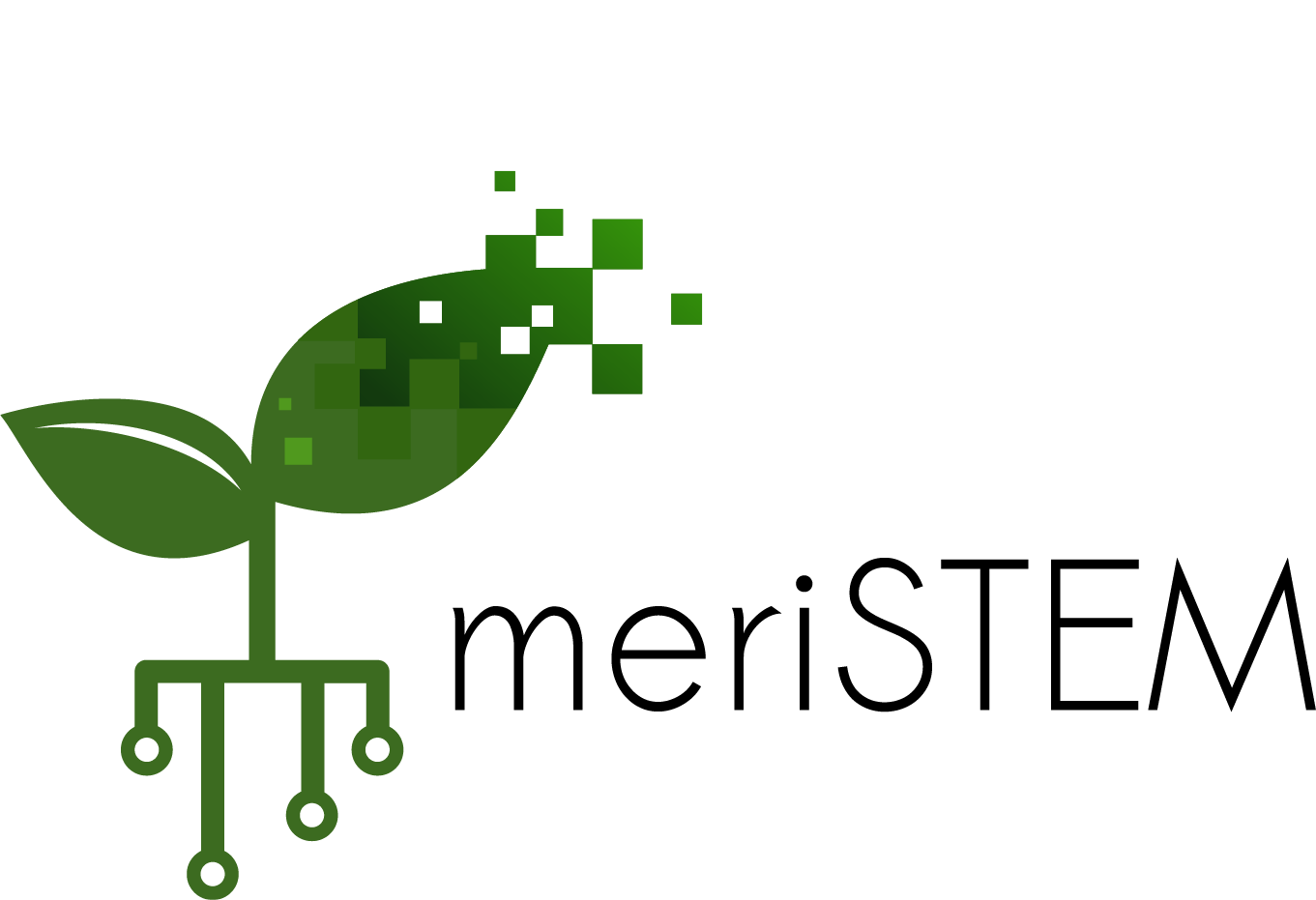Active learning increases student performance in science, engineering, and mathematics, Freeman et. al. (2014)
summary
This is an often cited meta-analysis of 225 studies of tertiary level courses across STEM disciplines. They compared final grades, scores on Concept Inventory tests and course failure rates from students in classes that were termed ‘active learning’ or ‘lecturing’ by the respective authors. The hypothesis was ‘that lecturing maximises learning and course performance‘. The results lead to the recommendation for future researchers to not compare active learning against lecturing as a standard because it is clearly evident that lecturing is less effective.
Key numbers
‘Students in classes with traditional lecturing were 1.5 times more likely to fail’
‘average examination scores improved by about 6% in active learning’
Interesting contentions
It was posed by Hora (2014) that not all lecturing is the same, and it cannot be all measured the same. The original authors argue that the broad variation in styles of ‘lecturing’ and ‘active learning’ implemented across all of the studies actually strengthens the findings.
For meristem physics teachers

The researchers used a statistical analysis to compare different studies and found that the results held true across STEM disciplines, different class sizes, course types, and course levels.
The effective size of improvement in exam scores was the highest in physics courses.
for evaluating meristem
A follow-up commentary in the same journal (Wieman, 2014) highlights the impact of high levels of time spent in active learning, and that Concept Inventories can show up the level of ‘scientific thinking’ in students better than the subject examination. meriSTEM are investigating how to evaluate the impact of the resources using Concept Inventories and pre- and post-testing.
Freeman, S., Eddy, S.L., McDonough, M., Smith, M.K., Okoroafor, N., Jordt, H. and Wenderoth, M.P., 2014. Active learning increases student performance in science, engineering, and mathematics. Proceedings of the National Academy of Sciences, 111(23), pp.8410-8415.
Hora, M.T.,2014. Limitations in experimental design mean that the jury is still out on lecturing. Proceedings of the National Academy of Sciences, 111(30), E3024.
Wieman, C. E., 2014. Large-scale comparison of science teaching methods sends clear message. Proceedings of the National Academy of Sciences, 111(23), pp. 8319-8320.
